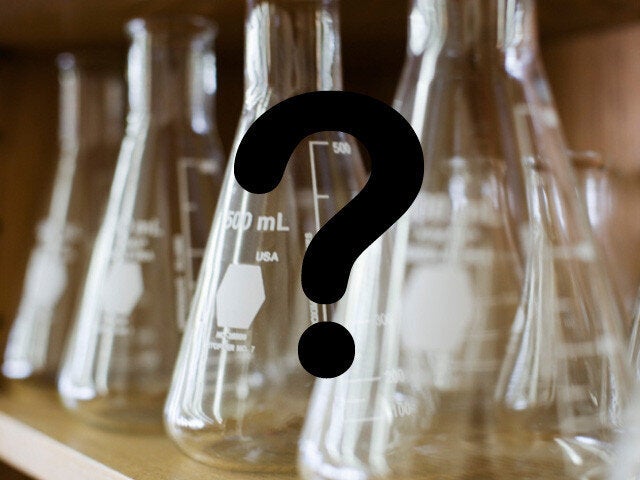
Predictor -- or Marker?
Can you believe what you hear? Correlation versus causation is a major problem for media science stories. Recently I was asked in a TV interview about data that appeared to demonstrate earlier deaths for those who sleep more than eight hours a night.
The reason, I tried to explain, is that people who are sick will sleep longer than others. Rest is regeneration -- when you get sick, you need more rest for recovery. So you get more sleep.
Much of the data on "long sleepers" does not look closely at how underlyingly sick people are. It's like answering this question:
85 percent of Americans die in bed -- does that mean beds kill people?
I sincerely hope not -- I like what I do in bed. But people go into beds when they're sick, so they more commonly die there. This is a marker of outcome -- not a predictor. The cause lies elsewhere.
Similarly, there are many different sleep studies that have looked at oodles of people. One supposedly looked at more than a million and found that those who slept longer also died younger, with a "12 percent increase in mortality" for those sleeping more than 8 hours a night.
So Who Sleeps Long?
Some people do naturally. Yet, in general, people who sleep long are those with chronic medical or mental disease; sleep disorders, like sleep apnea or insomnia; or people with conditions like depression, which is known for causing both short and long sleep in its sufferers.
Can Sleeping Long Be a Problem Itself?
It's more important to check out what the problem might be that is causing people to sleep long. Over the years, I've seen many adolescents with ADD who slept 12 hours or more each night. If their ADD was treated with stimulants, they slept less -- but as soon as they were off the medications, they went back to patterns of very long sleep. A few did have narcolepsy, while others had mood disorders than can also cause long sleep.
It's important to look at people who normally sleep 7 to 8 hours a night and then suddenly find themselves sleeping far more. They generally deserve a proper medical work up.
There are rare prospective studies researching sleep duration. One of a small group, by Emeritus professor Dan Kripke of UC San Diego, found long sleepers did die earlier.
However, there are many biases in such studies. Not designed for long term follow up, they are filled with people with "volunteer bias" -- those who go into such studies can be very different from the general population or other clinical populations.
David Sackett, a famous epidemiologist, has described about 2000 forms of volunteer bias that may occur in almost any population study. A famous example came with the results of hormone replacement in the Nurse's Study from the 1980's.
The Nurse's Study was (and still is) a long term follow up of over 100,000 nurses. One of its first major findings was that nurses who used HRT after menopause decreased their risk of heart disease by 50 percent.
It seemed a clinical no brainer in the 1980's -- here's a way to cut the biggest killer of women in half -- just by adding hormone replacement post menopause.
The only problem was that the -- dead wrong. The group who took HRT turned out to be "first adopters" and health conscious people who concomitantly engaged in many health-promoting behaviors, many of which were not fully controlled in the study's design.
It's now clear that HRT is associated with an increased risk of heart disease. The message that HRT was helpful led to many needless deaths.
So with population studies, you need to do more than kick the tires. The mathematics used in "controlling" variables that change the results are complicated, and can be consciously and unconsciously manipulated by the biases of the researchers.
Bottom Line
Correlation may look like causation, but it isn't. Just as politicians make factual associations look like "real" connections, some results may associate with something else as the result of chance, or because there is a separate connecting event. Beds don't kill people, though terminally ill people will often stay in beds.
So be careful when you read headlines about new miracle cures and the wondrous effects of supplements. Study results can be manipulated readily, even when people are trying to do very honest, scientific work. And marketers know as well as anybody that in an age of quantitation, where better scores on standardized tests tell people which schools are "failing" or "improving," and where the "bottom line" in business counts more than anything (think BP), getting statistics to look right can go a long way in getting people to buy your product, or your political position.
It's better to have your own measure -- your private "BS" detector. Epidemiologists sometimes call it a "likelihood ratio." Likelihood ratios range from 0 (no way at all) to 1 (certainty). If you hear of a scientific finding which is completely opposite to everything you know, don't put a high likelihood ratio on it.
Chance alone may produce results that are highly unlikely in virtually any scientific study. But chance also favors the prepared mind -- especially yours.